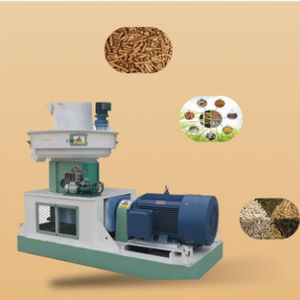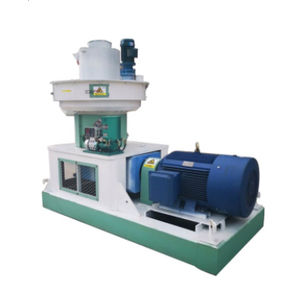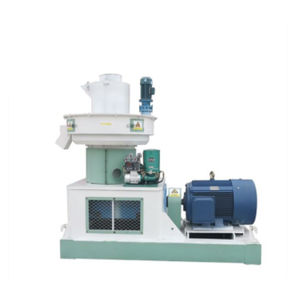
- Packing - Handling - Logistics
- Conveying
- Weight feeder
- Henan Oreco Environmental Engineering Technology C

- Products
- Catalogs
- News & Trends
- Exhibitions
Vertical feeder XGJ450weightautomaticvertical

Add to favorites
Compare this product
Characteristics
- Type
- vertical, weight
- Operating mode
- automatic, vertical
Description
Wool Pellet Maker
DESCRIPTION
How to make waste sheep wool to be fertilizer pellets? And earn more profits.
How to Make Waste Sheep Wool to be Fertilizer Pellets? And Earn More Profits
As we know,wool from the belly and underside of the sheep can not sale on a good price, and there are also too much work needed to do-to clean the vegetation and organic matter that gathers in the wool.
During shearing time, much of the belly wool often referred to as ‘waste wool’. Belly wool can account for approx 20% of the total wool from a sheep’s fleece.Use pellet machine to compress the wool to be organic steer manure, to generate better return.
The wool pellets could reduced the amount of water needed in plants.
The wool pellets could added nutrients to the plants as well.
Nutritional contents of the wool pellets to include 9% nitrogen, 1% phosphate, and 2% potash. as a natural, slow-release fertilizer.
Beyond the nutrients in the wool itself, there are great benefits to be achieved ranging from water savings to soil health. Wool naturally absorbs water-about 20 times its weight – so gardeners and landscapers can conserve more water. As the wool soaks up in the soil, it fluffs up and expands, increasing soil porosity and improving the soil’s ability to retain oxygen.
Solution
First-crushing and grinding the wool into small size.
Second-Press the wool into Pellet.
Third- Delivery the wool pellet into silo,waiting to cooling.
Forth- Packing the pellet in bags.
Other Henan Oreco Environmental Engineering Technology C products
RING DIE PELLET MACHINE
*Prices are pre-tax. They exclude delivery charges and customs duties and do not include additional charges for installation or activation options. Prices are indicative only and may vary by country, with changes to the cost of raw materials and exchange rates.





